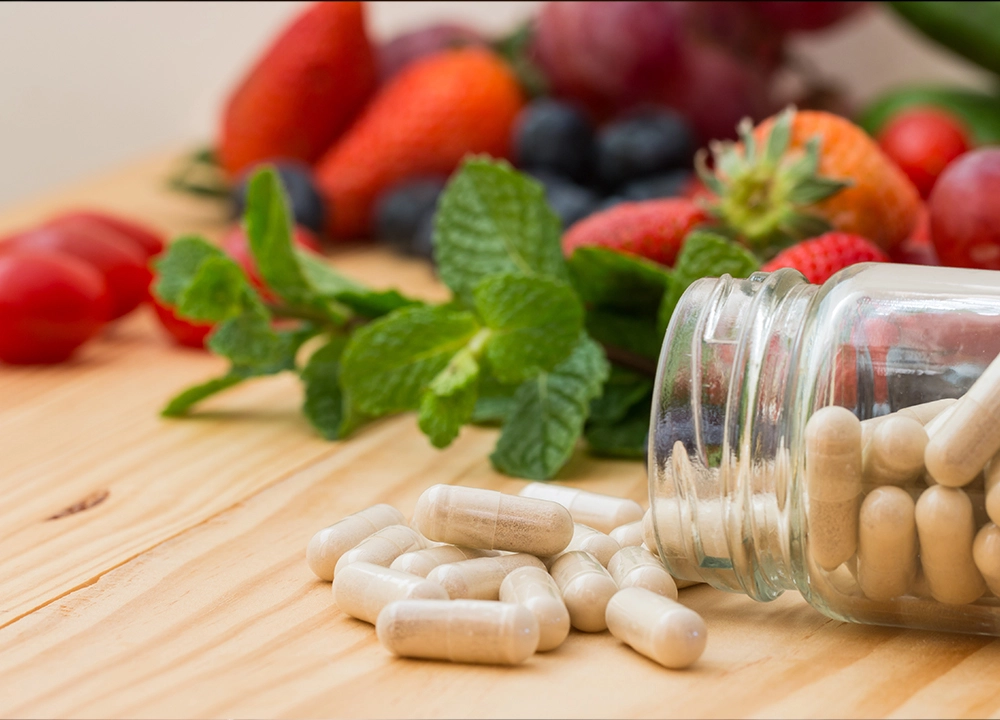Buckwheat: a gluten-free seed that works for blood sugar and heart health
Most people think buckwheat is a grain. It's not — it's a seed from the rhubarb family. That difference matters: buckwheat is naturally gluten-free, high in plant protein, and rich in a flavonoid called rutin that shows up in studies as helpful for blood vessels and inflammation.
If you want food that supports stable blood sugar, gut health, and heart function without adding gluten, buckwheat deserves attention. Here’s what to know and how to use it without fuss.
What’s inside a bowl of buckwheat
Buckwheat groats deliver fiber, about 6–8 g per cooked cup, and a solid protein profile with all nine essential amino acids in reasonable amounts for a plant food. It contains magnesium, manganese, and B vitamins. Rutin is the standout: research connects rutin to improved capillary strength and modest anti-inflammatory effects. Glycemic index for cooked buckwheat is lower than white rice, so it’s a better choice if you’re tracking blood sugar.
There are a few product forms: whole groats (hulled seeds), kasha (toasted groats), buckwheat flour for pancakes or baking, and noodles (soba — check labels, often mixed with wheat). Choose whole groats for the most nutrition and the slowest digestion.
How to cook, eat, and shop smart
Cooking groats is simple: rinse, simmer 1 part buckwheat to 2 parts water for 12–15 minutes, then fluff. Toasting groats in a dry pan for a few minutes before cooking gives a nuttier, nuttier flavor and is what makes kasha taste so good. Use cooked groats like rice: in salads, bowls, or as a breakfast porridge with fruit and nuts.
Buckwheat flour works great for pancakes, flatbreads, or mixed 50/50 with other flours in baking. For soba, pick 100% buckwheat noodles if you need gluten-free; many brand labels mix in wheat. Store whole groats in a cool, dry place or the fridge to keep oils from turning rancid.
How much is enough? A serving of cooked buckwheat (about 1 cup) is a practical daily portion for meals. It’s filling and nutrient-dense, so you’ll likely need less of other starchy sides.
Who should be cautious? Buckwheat allergies are rare but real — if you get hives or swelling after eating it, stop and see a doctor. Rutin has mild blood-thinning effects in lab and clinical reports, so if you take warfarin or strong anticoagulants, check with your clinician before making big changes. Also avoid raw buckwheat sprouts if you have a sensitive stomach; cooking reduces compounds that can irritate.
Want a quick starter idea? Try warm buckwheat porridge with yogurt, a spoon of nut butter, and berries. It’s fast, balanced, and shows why this humble seed has stayed on tables around the world.
Give buckwheat a try this week — swap it for rice or oats once and notice the difference in satiety and steady energy. If you have specific health conditions, ask your clinician about adding it to your diet.
Buckwheat: The Natural Dietary Supplement That's Taking the Health World by Storm
I've recently come across an amazing natural dietary supplement called Buckwheat, and it's taking the health world by storm! This superfood is packed with essential nutrients like vitamins, minerals, and antioxidants, making it a great addition to any diet. What's even better is that it's gluten-free, so it's perfect for those with gluten sensitivities or celiac disease. Plus, it's known to help regulate blood sugar levels and improve heart health. I can't wait to incorporate buckwheat into my own meals and experience these fantastic health benefits!
View More
